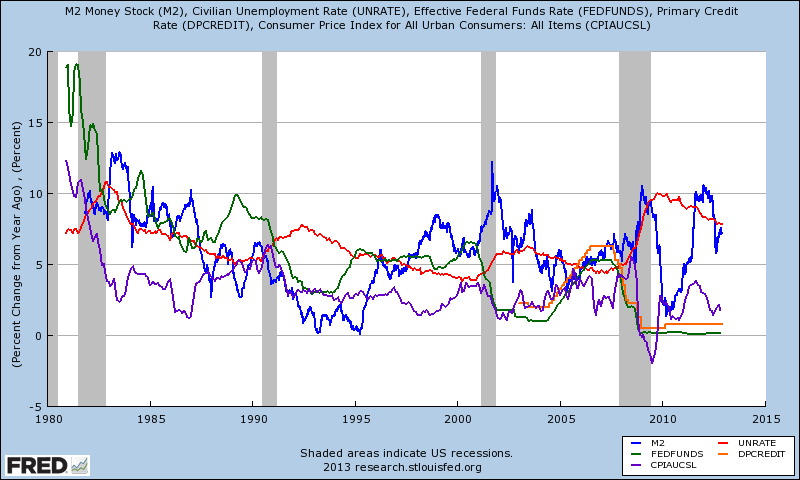I have just finished the first two chapters of Michael Pettis' most recent book,
The Great Rebalancing. A fan of his blog, I am expecting great things from his book. Of course, to no surprise, the book does not stray far from his blog.
The first chapter is a foreword outlining the points of interest, in regard to international monetary economics, that Pettis will address. It is a good introduction to the type of thinking that is needed in discussion of exchange rate regimes - whether they be float, basket, peg, crawl or some other kind.
Pettis states that "foreign reserves by definition cannot be spent at home, and so the real value of foreign reserves is the value of things a country can do with the reserves abroad", alluding to why a nation would ever have the motivation to acquire fiat currency. The American dollar therefore is not an asset for China anymore than what can be used to purchase certain goods and services with the dollar.
Even in the US, Chinese possession of dollars is viewed as a pretense toward
nationalism while the simultaneous acquisition of Chinese goods is viewed as a pretense toward boasting of the fruits of globalization. The idea that the Chinese will "dump the dollar" is preposterous in light of the huge trade surplus the Chinese have with America.
Saying that China will not use American dollars but in the mean time they will continue to acquire American dollars, is a nonsensical idea. Instead, what makes sense is that the Chinese must buy assets denominated in dollars. Therefore, the Chinese must have some kind of motivation toward acquiring dollars, even beyond purchasing key commodities - such as oil.
That is how Pettis' book reads. With his straight forward explanations of currency regimes, one must then begin to ask how and why does China want to buy so many treasuries?
There must be a high rate of saving in China to explain their ability to buy dollars, and there is, especially at the household level. Pettis argues correctly that the high saving rate amongst households is not an effect of cultural beliefs but one of household income erosion. As Pettis states:
Twenty or thirty years ago, most Chinese belonged to a work unit, which took care of their employment, their educational expenses, their medical needs, and their retirement. As part of China's liberalization, most of these benefits were lost. This loss represented, effectively, a transfer of wealth from households to the state since what was once a government liability became a household liability.
When Chinese society functioned under communist influence, rural work communes dominated the economy, which provided education, healthcare and work as basic social services. The Chinese citizenry under the influence of the rural commune had a greater social safety net than they presently have under capitalist influence, albeit one of dubious crony distinction. Pettis continues:
It is this reduction in household wealth, relative to the country's overall production of goods and services, which forced up the savings rate. Chinese households, in other words, consumed less than they otherwise might have because their wealth decreased in relative terms thanks to the erosion of their social safety net, and this automatically forced up the saving rate.
The state, otherwise known as corporations (controlled by the wealthy elite), has skimmed wages from the overcapacity of the Chinese labor class. Former rural peasants, in exchange for the industrialization of their society and their often migratory status, have placed a greater burden on themselves to protect their own diminishing wealth. This transfer must be rebalanced in the form of higher household income; depending on how this is done, higher incomes need not lead toward higher cost exports.
Quite clearly, what this means, according to Pettis, is that "the implementation of a social safety net has to be paid for not by Chinese households but rather by the state sector". Being an economist, Pettis alludes to the fact that as the state sector's income share grows relative to the household sector's share, any social safety net that raises consumption must come from the state sector as a transfer.
Not being a political scientist, Pettis does not say that the politburo must tax itself to pay for the peasants' social safety net - though I imagine this is what he is truly stating. However, he goes on to say that an increase in worker wage relative to productivity growth can offset inequality. I think Michael Pettis is hitting on the correct issues, social issues which pervade every and all societies.














